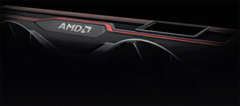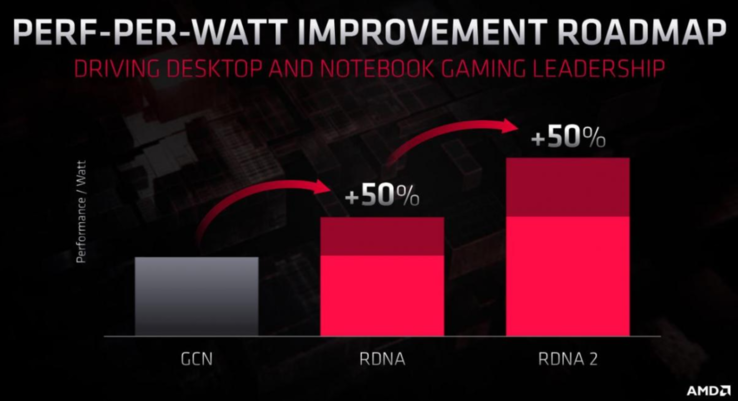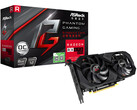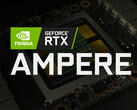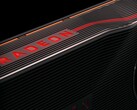AMD had a lot to say at its Financial Analyst Day, and while no new graphics cards were launched, AMD provided more details about its next-generation RDNA 2 architecture. Set to power the Xbox Series X and PS5, RDNA 2 builds off of the existing RDNA architecture found in graphics cards such as the RX 5700. Ray tracing was previously confirmed as a part of RDNA 2, but today AMD has announced that it is targeting a 50% improvement in efficiency over the first generation. Notably, AMD has set this goal while still using the 7nm process at TSMC (although there is a possibility the company may utilize a newer revision of the process, such as 7nm+).
AMD says RDNA 2 GPUs will arrive later this year, teasing its upcoming "Big Navi" GPU in an obscured photo. The image shows only a part of the card, but it indicates a dual axial design similar to NVIDIA's founder edition cards replacing the current blower style cooler. AMD did not give any further specifications about "Big Navi", but rumors have been flying.
Time will tell if AMD can meet these efficiency targets, and how RDNA 2 will fair against whatever NVIDIA has planned next. If the leaks are accurate, Ampere may match or exceed the efficiency gains of RDNA 2, though no announcements have been made.


